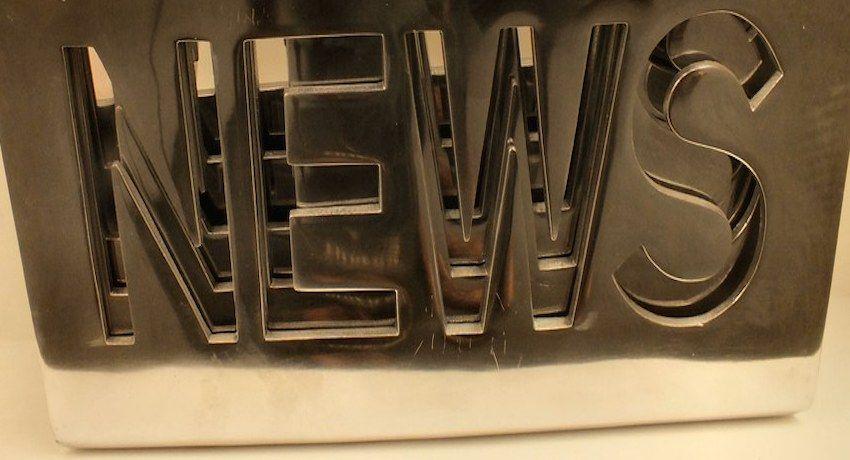
Reels vs reelz
For those of you who don´t use Instagram, the social media platform launched last week a new feature (similar to TikTok): a short-video feature called called Reels.
ReelzChannel, a US network launched in 2006 that reaches 50 million homes in the US, claims that the feature’s name infringes on its trademark, usurping their goodwill and likely to confuse consumers as to whether or not these are actually related.
ReelzChannel is therefore suing for trademark infringement, trademark dilution and unfair competition, among others. It is seeking an injunction banning Instagram and Facebook from using Reels and damages in an amount to be determined.
Amazon launches IP accelerator in Europe
Last week Amazon launched the Intellectual Property Accelerator (IP Accelerator) in France, Germany, Italy, Spain, Netherlands and the United Kingdom, in an effort to make it easier and more cost-effective for SMEs to obtain trademarks, protect their brands and tackle counterfeit goods.
IP Accelerator, which is available to any brand selling in Amazon’s stores, connects entrepreneurs directly with a curated network of European law firms with expertise in IP rights. Participating law firms will charge fees to SMEs at pre-negotiated rates, giving sellers confidence and clarity about how much obtaining a trademark will cost them. In addition, SMEs can also seek general IP advice from these law firms as their brands and businesses grow. Through this program, Amazon seeks to ensure low cost assistance to European SMEs.
Businesses using IP Accelerator will also get access to Amazon’s wider brand protection services before their trademark registration is officially issued (Amazon’s Brand Registry).
Amazon patents technology to track down streaming pirates
Amazon proposes a technology to add unique identifiers to streaming video, like a watermark.
The patent description is complex, but in short if a ‘pirating’ subscriber records a copy of an Amazon series, for example “Zero Zero Zero”, this subscriber has a unique identifier (ID:1011). When this person plays the video, Amazon generates customised manifest data based on this ID, used by Amazon´s services to allow the user to view the show on its device through its account. When the subscriber records the video, with an HD camera in this example, this includes a code or mark that points back to the manifest data. The identification code can be clearly visible but it can also be invisible. That can be useful to make it hard for pirates to remove these identifiers.
Through this watermark, Amazon should be able to easily track down the source of the pirated content.
This is all for this week. See you next week!
Details
- Publication date
- 1 December 2020
- Author
- Executive Agency for Small and Medium-sized Enterprises
